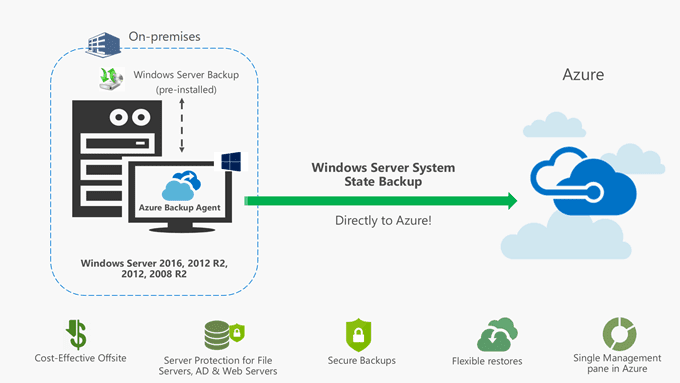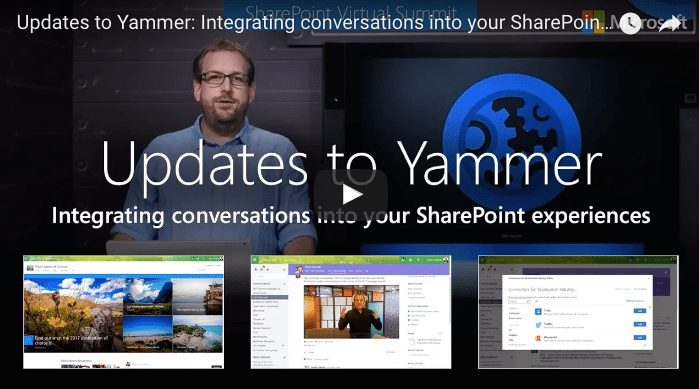[vc_row][vc_column][vc_column_text]
Azure SQL Data Sync Refresh
By Joshua Gnanayutham as written on azure.microsoft.com
We are happy to announce our Azure SQL Data Sync Refresh! With Azure SQL Data Sync users can easily synchronize data bi-directionally between multiple Azure SQL databases and/or on-premises SQL Databases. This release includes several major improvements to the service including new Azure portal support, PowerShell and REST API support, and enhancements to security and privacy.
This update will be available for selected existing Data Sync customers starting June 1st. It will be available for all customers by June 15th. Please email us with your subscription ID if you’d like early access.
What’s new?
Data Sync on the new Azure portal
Data Sync is now available in the new Azure portal for select internal customers. This will be available for all customers in mid-June. You can now manage Data Sync in the same place you manage all your other Azure resources. Data Sync will be retired from the old portal after July 1, 2017.
PowerShell programmability and REST APIs (Available July 2017)
Previously in Data Sync, creating Sync groups and making changes had to be done manually through the UI. This could be a tedious, time consuming process, especially in complex Sync topologies with many member databases or Sync groups. Starting in July Data Sync will support PowerShell and REST APIs which developers can leverage to make these tasks faster and easier. This is also great for the many users who are comfortable with and prefer using PowerShell.
Better security, better privacy, better resilience
In the previous design, Data Sync used a central shared database for each region to manage the Sync operations. Now each user will have dedicated user owned Sync Databases. A Sync Database is a customer owned Azure SQL Database. By replacing the shared central databases with customer-specific databases, we provide better privacy and security. In addition, this provides the user flexibility to increase or decrease the performance tier of the Sync Database based on their needs.
Sync Database Requirements
-
Azure SQL Database of any service tier
-
Same region as the Hub Database of a Sync Group(s)
-
Same subscription as Sync Group(s)
-
One per region in which you have a Sync Group (Hub Database)
Enhanced monitoring and troubleshooting
We have made a few key improvements to monitoring and troubleshooting. Users can now monitor the sync status programmatically using PowerShell and RESTful APIs. In addition, we’ve improved several error messages, making them more clear and actionable.
Next steps
New users
If you would like to try Data Sync refer to this tutorial.
Existing users
Existing users will be migrated to the new service starting June 1, 2017. For more information on migration look at the blog post “Migrating to Azure SQL Data Sync 2.0.”
Looking for a technology partner to assist with a specific project? Call Managed Solution at 800-208-3617 or contact us to schedule a full analysis on the performance of your network.
[/vc_column_text][/vc_column][/vc_row]
Continued Reading

June 7, 2017
Protect Windows Server System State to cloud with Azure Backup!
[vc_row][vc_column][vc_column_text] Protect Windows Server System State to cloud with Azure […]
LEARN MORECloud Services Page

June 8, 2017
New in Yammer—building a more connected and engaged organization
New in Yammer—building a more connected and engaged organization As […]
LEARN MOREOffice365


